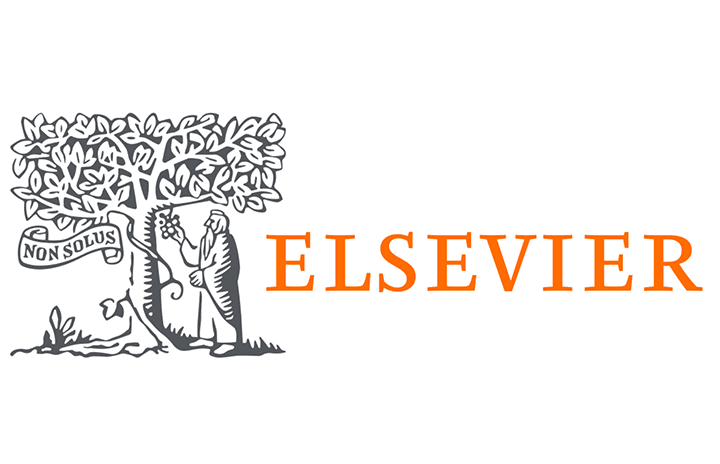خدمات مامایی
مسیرهای تحصیلی گوناگون پیش از خدمات مامایی در کامبوج و مالاوی

- پایگاه ساینس دایرکت Elsevier - ScienceDirect
مسیرهای تحصیلی گوناگون پیش از خدمات مامایی در کامبوج و مالاوی : یک مطالعه کیفی با استفاده از یک چارچوب مفهومی برای مسیرهای تحصیلی مامایی
Diverse pre-service midwifery education pathways in Cambodia and Malawi: A qualitative study utilising a midwifery education pathway conceptual framework
منتشر شده در پایگاه ساینس دایرکت Elsevier – ScienceDirect مجله Midwifery
چکیده انگلیسی
Objectives
Educated and skilled midwives are required to improve maternal and newborn health and reduce stillbirths. There are three main approaches to the pre-service education of midwives: direct entry, post-nursing and integrated programmes combining nursing and midwifery. Within these, there can be multiple programmes of differing lengths and qualifications, with many countries offering numerous pathways. This study explores the history, rationale, benefits and disadvantages of multiple pre-service midwifery education in Malawi and Cambodia. The objectives are to investigate the differences in education, roles and deployment as well as how key informants perceive that the various pathways influence workforce, health care, and wider health systems outcomes in each country.
Design
Qualitative data were collected during semi-structured interviews and analysed using a pre-developed conceptual framework for understanding the development and outcomes of midwifery education programmes. The framework was created before data collection.
Setting
The setting is one Asian and one African country: Cambodia and Malawi.
Participants
Twenty-one key informants with knowledge of maternal health care at the national level from different Government and non-governmental backgrounds.
Results
Approaches to midwifery education have historical origins. Different pathways have developed iteratively and are influenced by a need to fill vacancies, raise standards and professionalise midwifery. Cambodia has mostly focused on direct-entry midwifery while Malawi has a strong emphasis on dual-qualified nurse-midwives. Informants reported that associate midwifery cadres were often trained in a more limited set of competencies, but in reality were often required to carry out similar roles to professional midwives, often without supervision. While some respondents welcomed the flexibility offered by multiple cadres, a lack of coordination and harmonisation was reported in both countries.
Key conclusions
The development of midwifery education in Cambodia and Malawi is complex and somewhat fragmented. While some midwifery cadres have been trained to fulfil a more limited role with fewer competencies, in practice they often have to perform a more comprehensive range of competencies.
Implications for practice
Education of midwives in the full range of globally established competencies, and leadership and coordination between Ministries of Health, midwife educators and professional bodies are all needed to ensure midwives can have the greatest impact on maternal and newborn health and wellbeing.
ناشر :
Database: Elsevier – ScienceDirect (ساینس دایرکت)
در مورد مجله :
مجله مامایی آخرین تحقیقات بین المللی بررسی شده را منتشر می کند تا از ایمنی، کیفیت، نتایج و تجربیات مراقبت های بارداری، زایمان و زایمان برای زنان باردار، نوزادان و خانواده های آنها مطلع شود. انتشارات این مجله از ماماها و ارائه دهندگان مراقبت های زایمانی حمایت می کند تا…
Received 5 August 2022, Revised 4 November 2022, Accepted 7 November 2022, Available online 9 November 2022, Version of Record 21 November 2022.
نویسندگان :
Sarah Neal, Martha Bokosi , Dorothy Lazaro , Sreytouch Vong , Andrea Nove , Sarah Bar-Zeev , Sally Pairman , Erin Ryan , Petra ten Hoope-Bender , Caroline SE Homer


